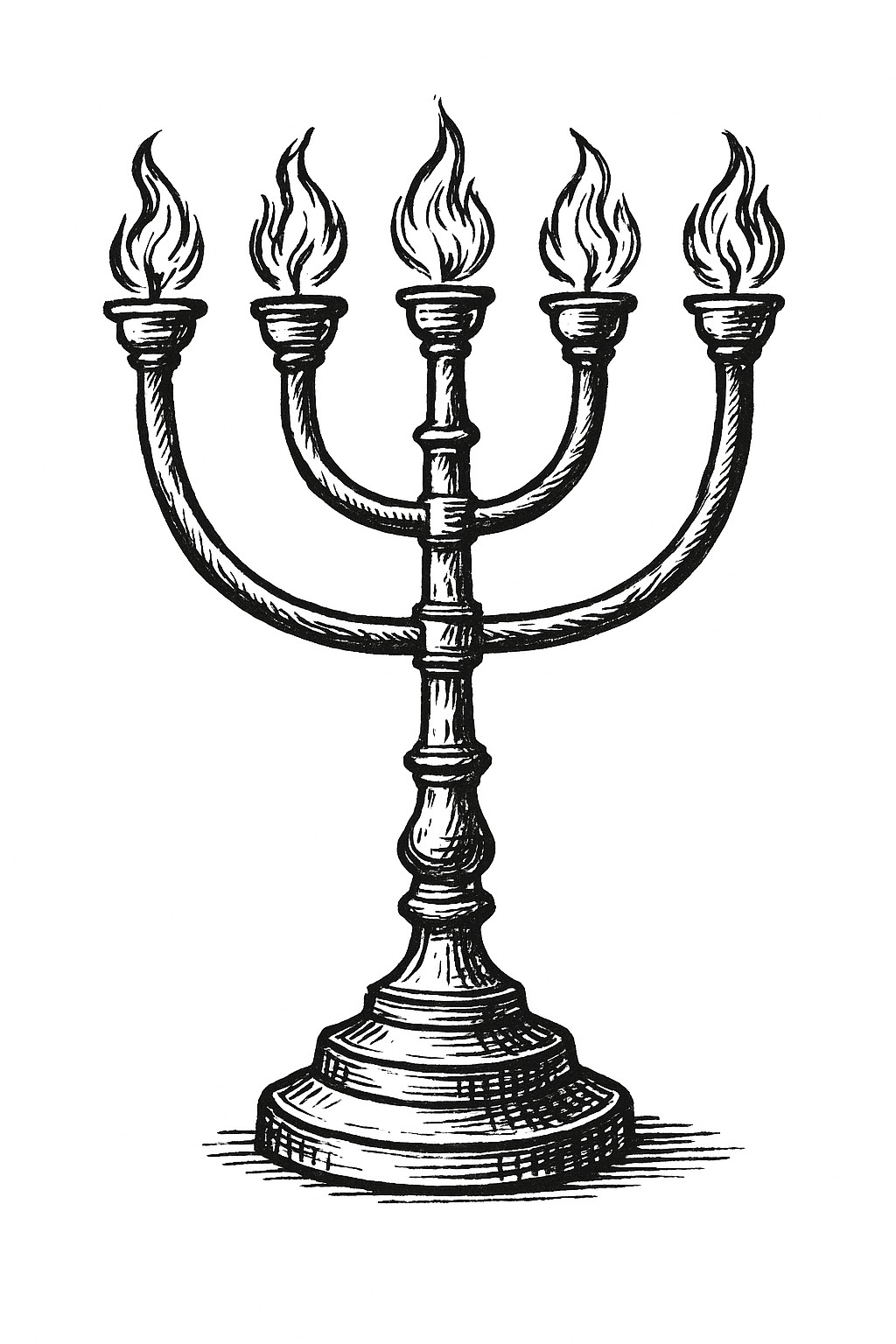Storylineનમૂનો


Time Between the Testaments
400 BC–4 AD
Books of Daniel & Malachi
~ Before: As the Old Testament concludes, God’s final messenger, Malachi, called Israel to covenant faithfulness. Malachi prophesied that a “messenger” will come (John the Baptist), who would prepare the way (Mal. 3:1). He also predicted the coming of the “Sun of Righteousness” (Christ), who would bring healing and salvation (Mal. 4:2).
After the prophets fell silent (430 BC), Israel lived under a succession of empires—Persia, Greece, and Rome. Alexander the Great’s conquests (300’s BC) spread Greek culture, language, and philosophy across the world (Hellenization). After his death, the land of Israel became a battleground between the Seleucids and Ptolemies until the Maccabean Revolt (167–160 BC), when the Jews briefly gained independence.
In 63 BC, Rome conquered Jerusalem, placing Judea under Roman rule, with Herod the Great later serving as king. During this time, Judaism developed strong groups such as the Pharisees, Sadducees, Zealots, and Essenes, and the synagogue system spread across the Jewish diaspora.
Though no prophets arose, God was preparing the world: a common language (Greek), roads and peace under Rome (Pax Romana), and a renewed Jewish longing for the Messiah. Into this setting, John the Baptist and Jesus arrived—fulfilling the long-awaited promises.
At this point in our storyline, let’s flash back to the period of Judah's exile to Babylon. The reason for this historical digression is a prophecy found Daniel 2 (and its parallel prophecy in Daniel 7). God showed the prophet Daniel all the kingdoms that would rise and fall (in order) until Jesus, the Messiah, brought His Kingdom to earth. This revelation bridges the Old Testament with the New.
The story goes like this: God disturbed the king of Babylon, Nebuchadnezzar, with a dream he could not understand, but the Lord gave Daniel the interpretation. Nebuchadnezzar dreamed of a massive statue, which represented a succession of world empires: Babylon (gold head), Medo-Persia (silver chest), Greece (bronze belly), Rome (iron legs), and a divided kingdom (iron and clay feet). A stone from God struck the statue, destroying it, and then it became a mountain filling the whole earth. This mountain symbolized God’s eternal Kingdom through Jesus!
Daniel's prophecies were so accurate that some biblical scholars have tried to place Daniel and his book within the period of the Greeks—the 400 silent years between the Testaments. We know this is not true because Jesus Himself called Daniel a prophet, not a historian (Mat. 24:15).
~ After these 400 years, God broke the silence with the cry of one preparing the way for the long-awaited Messiah.
Significance
In summary, God prepared the way for the birth of Jesus, our Savior, in these spectacular ways:
- Alexander the Great’s conquests spread the Greek language across the known world. By New Testament times, most people could understand Greek, which allowed the Gospel to be preached widely and the New Testament to be written in an expressive common language.
- The Maccabean Revolt (167–160 BC) restored Jewish independence for a time and reinforced resistance to idolatry.
- Jewish groups like the Pharisees, Sadducees, Essenes, and Zealots formed, shaping the religious climate Jesus entered.
- The synagogue system developed, centering communities around Scripture and prayer, even far from Jerusalem.
- By the time of Christ, the Roman Empire ruled, bringing stability (Pax Romana), roads, and trade networks that made the rapid spread of the Gospel possible.
About this Plan

Just as shelves bring order to a closet, this Bible plan builds a powerful framework to clarify and connect our understanding of the events of the Bible as a whole. Each day becomes a shelf—organizing epic moments, unforgettable characters, the unfolding drama of God’s Word. Together, we will step into His unrelenting redemptive plan as our own story is woven into the Lord’s glorious plan.
More
સંબંધિત યોજનાઓ

24 Days to Reflect on God's Heart for Redemption

Legacy Lessons W/Vance K. Jackson

Awakening Faith: Hope From the Global Church

Rebuilt Faith

Sharing Your Faith in the Workplace

30 Powerful Prayers for Your Child Every Day This School Year

Protocols, Postures and Power of Thanksgiving

God's Book: An Honest Look at the Bible's Toughest Topics

Game Changers: Devotions for Families Who Play Different (Age 8-12)
